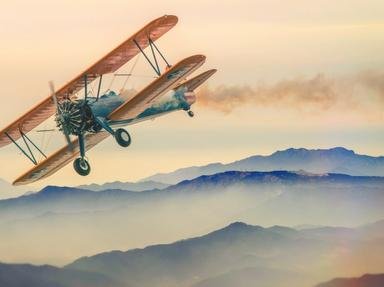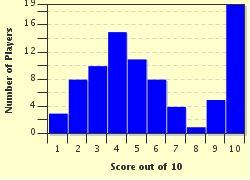Quiz Answer Key and Fun Facts
1. Graf (Count) Ferdinand von Zeppelin was the founder of the Zeppelin Airship Company. What was his profession?
2. In which year did the first Zeppelin take to the air?
3. Is a Zeppelin the same as a blimp?
4. Starting in 1910, a company called DELAG operated a domestic airline using Zeppelin airships. Before the First World War stopped operations in August 1914, the company had transported over 34,000 passengers on 1,588 flights covering more than 172,000 kilometres. Apart from being the world's first airline service, what was remarkable about it?
5. Every Zeppelin was given a serial number preceded by the letters 'LZ' for Luftschiff Zeppelin, meaning Zeppelin Airship. What were the exceptions to this convention?
6. In which southern German town was the Zeppelin Company based?
7. During the First World War, Zeppelin airships were employed by the German armed forces. What were they mainly used for?
8. Apart from wartime considerations, what was the main disadvantage of the Zeppelin?
9. Who was Hugo Eckener?
10. What year saw the launch of the last Zeppelin ever built?
Source: Author
Charlesw321
This quiz was reviewed by FunTrivia editor
stedman before going online.
Any errors found in FunTrivia content are routinely corrected through our feedback system.


